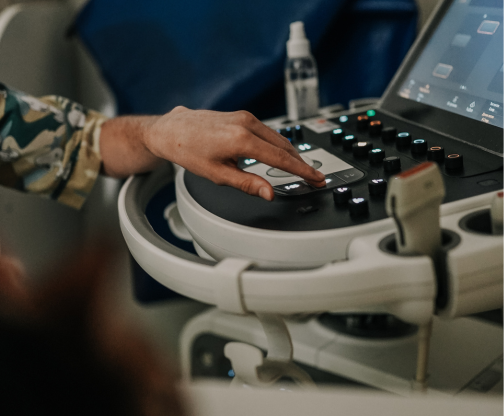Rules for traveling with pets
Опубліковано
26.01.2022
Rules for traveling with pets.
All requirements adapt to rules of a country where you are traveling to. So you need to check the full list of requirements by consulting the embassy of the country you are going to visit.
Common rules
1. Marking.
The pet animal (dog, cat or ferret) must be marked by the implantation of a transponder - ISO-compliant microchips known as ISO microchip standards 11785. EU transponders do NOT read non-ISO microchips.
NOTE: Our clinic offers microchip implants for pets older than two months, appointment only. Chip data is added to the international database for chipped animals tracer.com.ua.
Clear tatoo made before 3th of July 2011 is allowed.
Pets should be marked or described with consideration of characteristics of each species so appearance of the pet matches its identification document.
2. Rabies vaccination.
The pet should be at least 12 weeks old (all pets older than 12 weeks have to be vaccinated against rabies).
You must get your pet microchipped before, or at the same time as, their rabies vaccination. If you do not, they’ll need to be vaccinated again.
You must wait 21 days after the primary vaccination (or the last of the primary course of vaccinations) before bringing
NOTE: Our clinic offers rabies vaccination for pets older than 3 months. Cost of vaccination depends on a manufacturer of the vaccine. Vaccination and issuance of an International veterinary passport can be done only after microchipping.
3. Rabies titer test.
Your pet must have a blood sample taken at least 30 days after the rabies vaccination and you must wait 3 months from the date the blood sample was taken before you travel - you do not need to wait if your pet was vaccinated, blood tested and given a pet passport.
The results of the blood test must show that the vaccination was successful (rabies antibody level of at least 0.5 IU/ml).
NOTE: Our clinic offers blood collection and filling documents for further transportation of blood samples to laboratory by owners. Or our veterinary clinic does everything what is needed for rabies titer test and provides the results one month later to an owner.
Owner’s foreign passport copy or original is needed to fill supporting documents.
In pet passport should be indicated:
- Microchip: the date the new chip was inserted (or it was read) should be before rabies vaccination date or the same date.
- Rabies vaccination should be done no more than one year before blood collecting and not less than one month before rabies titer test.
- Name of vaccine, manufacturer, serial number and expiration date should be clearly stated on the vaccine label.
4. Prevention of diseases or infections
Treatment against the tapeworm Echinococcus multilocularis, where your destination area is free from this tapeworm (Finland, Ireland, Malta, Norway and Northern Ireland) should be done no more than 5 days prior and less than 1 day before leaving the country. Record of deworming should be included to pet passport with a seal.
5. International passport and health certificate
On the basis of veterinary certificate F1 issued by State clinic. This certificate is valid for 10 days.
Схожі статті

Preparation for ultrasound examination (ultrasound)
It is important to remember that proper preparation of the animal can significantly facilitate the abdominal ultrasound process. By performing this procedure, the doctor can detect possible problems in time and provide proper treatment. High-tech ultrasound is one of the ways to quickly and informatively diagnose and ensure a long and healthy life for our pets.

Brachycephalic syndrome in dogs and cats.
What exactly is brachycephalic syndrome and how to live with it, how to prevent complications for the body that this syndrome can lead to?

WHY ARE DOCTORS NOT ALL-POWERFUL?
A good doctor is worth its weight in gold. Everyone understands this and can spend years looking for the best one, and when they find one, they will expect miracles.

Allergy
Allergy

SYNDROME OF TIRED TANKLES IN CATS
Tired antennae of a cat or What do you know about fatigue?

Bacterial myocarditis
This disease is extremely rare in dogs. In cats, it is even less common - 0.006-0.018% of cases.

How to protect home lovers from radiation damage.
In recent days, we have received many calls asking for advice on the need to protect animals during a possible radiation exposure.

STERILIZATION AND CASTRATION OF CATS AND DOGS
Such operations do not affect the change of the animal's character. They can be done from an early age, in particular from 8 weeks. Convenience, first of all for the animal, is that the young organism has the ability

Side effects of antiparasitic drugs
The need for tick and flea treatments for pets is a well-known fact.

How you can help calm cats and reduce stress today
the head of the felinology department, tells us.

